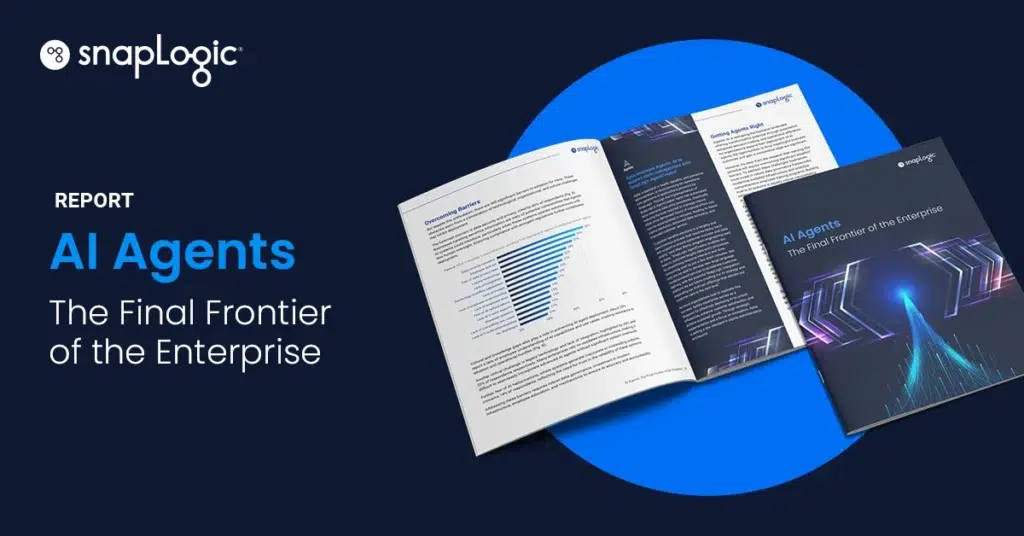What are some integration best practices?
Integration is a fundamental element in the deployment of new digital applications. Data integration is necessary in the age of the digital consumer to connect e-commerce systems and CRMs, for instance, to provide customers more seamless experiences.
Here are best practices to employ to ensure the proper integration of your business’s data and applications.
Plan
Create a realistic plan with specific, measurable, attainable, relevant, and timely (SMART) goals. This will provide the clarity, focus, motivation needed to tackle integration. Define your integration project’s scope, schedule, and cost. Anticipate possible risks and develop contingency plans. Allow for some wiggle room for necessary updates to the initial plan.
Design
Design the integration solutions with your business processes in mind. Ultimately, the integration aims to improve your business processes, so start by documenting and reviewing your current business processes. Utilize tools and methods to better understand the what, why, who, where, and how of each process. Once these processes are fully understood, identify which components are important and which are unnecessary.
Communicate
Effectively communicate the integration initiative to everybody involved. Integration needs the cooperation of teams and individuals throughout your business. Impress upon everyone the importance of the integration in relation to individuals, teams, departments, and organization. Communicate the goal, methodology, roles, and expectations. Keep an open mind when other subject matter experts provide insights that could improve the integration process. Establish an understanding among stakeholders, i.e., everyone who will be impacted.
Act
Implement the integration plan iteratively and keep track of results relative to your goals. Each iteration can provide insights on what works and what does not. Refine the methodology early and often to minimize errors and inefficiencies.
Consult the experts
Seek the expertise of those who have the technical knowledge and hands-on experience in undertaking integration projects. Leverage existing architectures such as SnapLogic Enterprise Integration Cloud, a powerful platform empowering organizations moving to the cloud.
SnapLogic is the leader in self-service application and data integration, enabling organizations to quickly connect applications and data across enterprises to improve business processes, accelerate decision-making, and drive better business outcomes.









